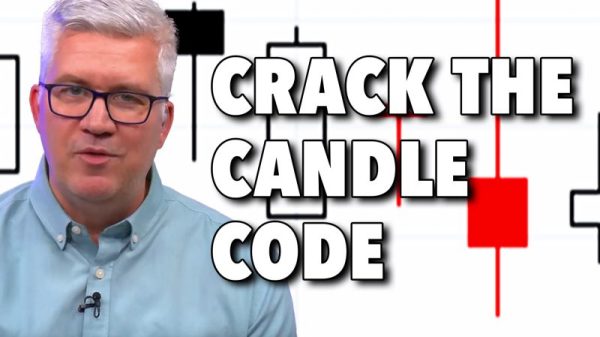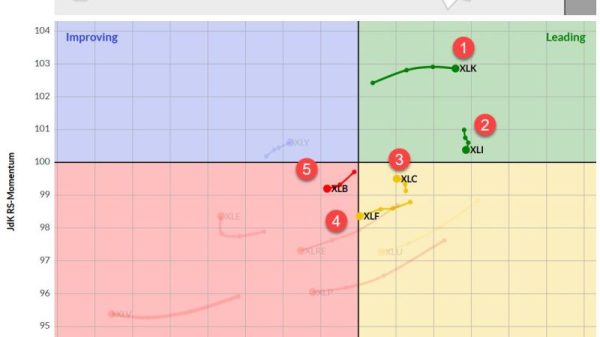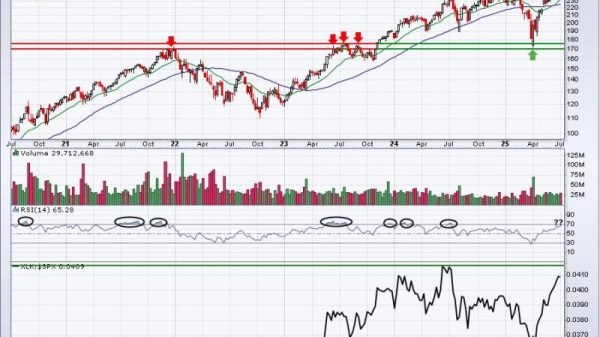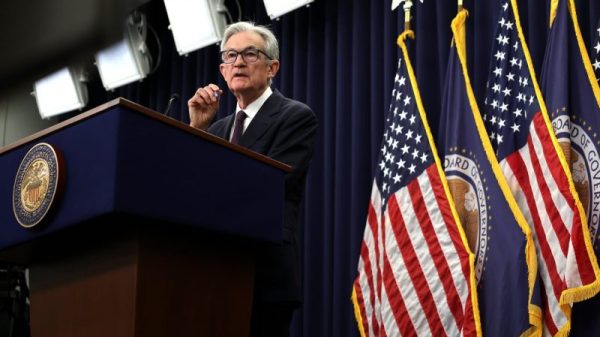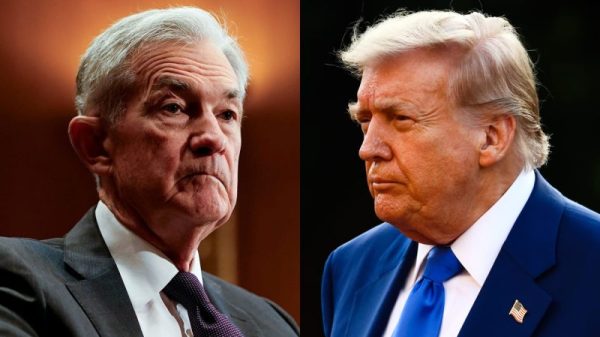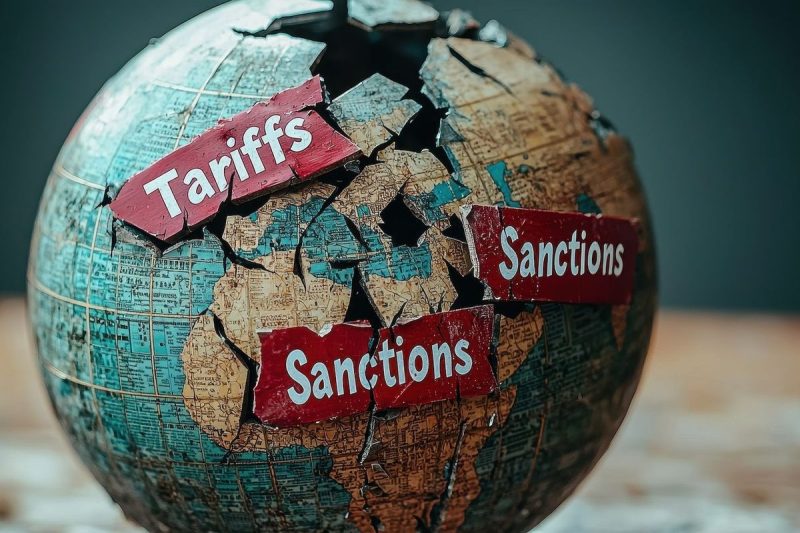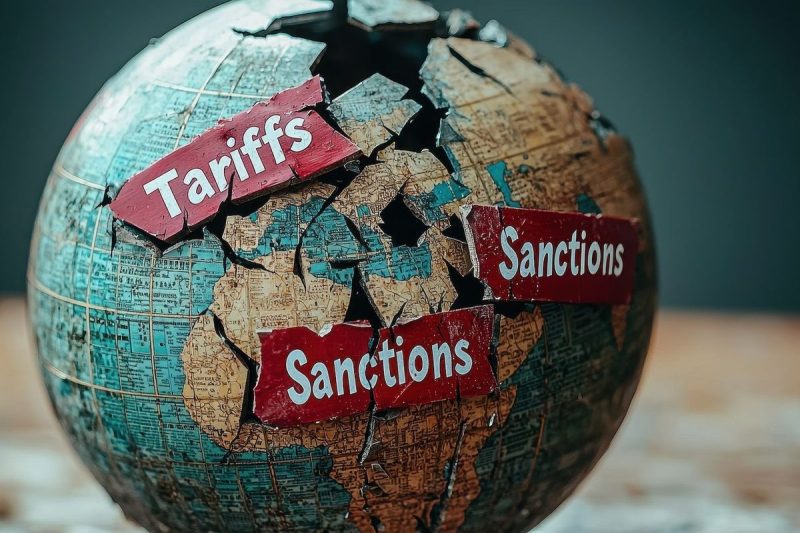
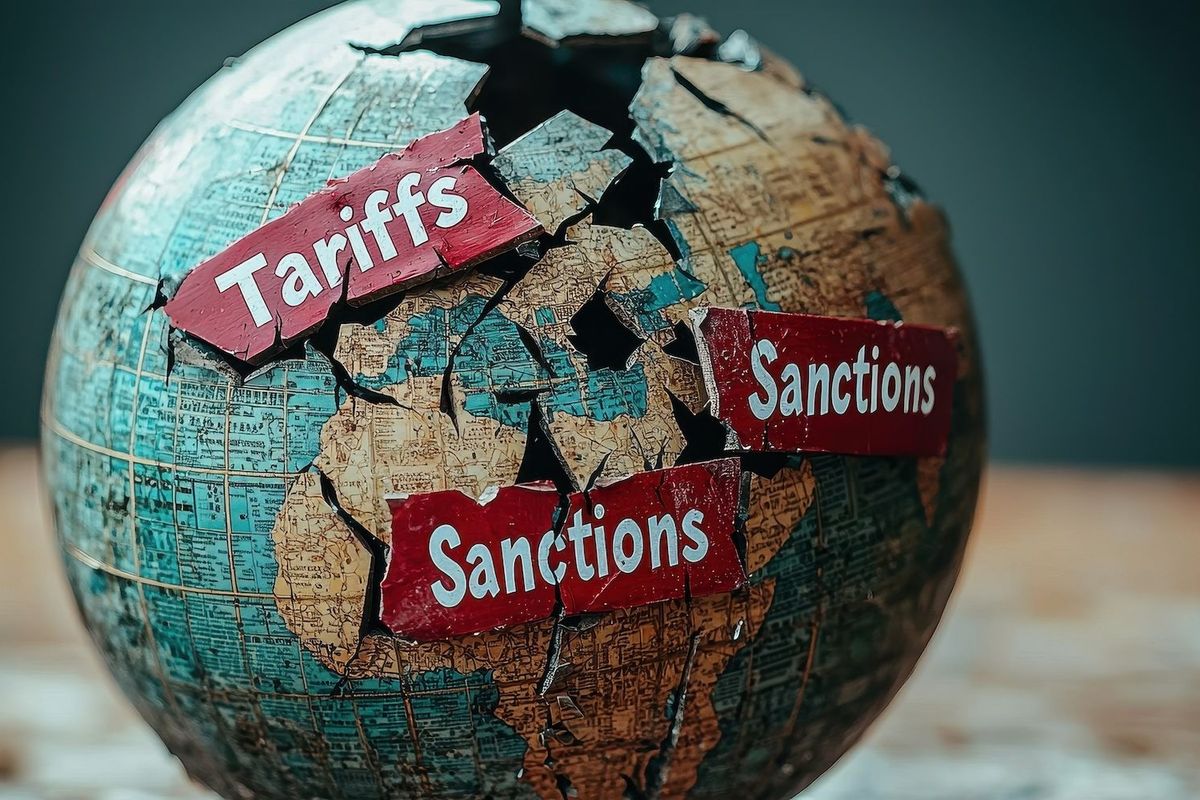
President Donald Trump’s surprise announcement of 30 percent tariffs on imports from the EU and Mexico has triggered immediate backlash from various stakeholders, with less than three weeks to go before the tariffs take effect on August 1.
The tariffs—part of a broader series of trade penalties that include duties on copper and new levies on Canada, Japan, South Korea, and Brazil—have drawn sharp criticism from some of the country’s closest allies and trading partners.
In Canada, Prime Minister Mark Carney responded forcefully to the 35 percent tariff on Canadian goods, defending his country’s record and accusing Trump of undermining years of bilateral cooperation.
Throughout the current trade negotiations with the United States, the Canadian government has steadfastly defended our workers and businesses. We will continue to do so as we work towards the revised deadline of August 1.
Canada has made vital progress to stop the scourge…— Mark Carney (@MarkJCarney) July 11, 2025
“Throughout the current trade negotiations with the United States, the Canadian government has steadfastly defended our workers and businesses,” Carney wrote on X. “We are building Canada strong.”
Canada’s United Steelworkers union condemned the copper tariffs, which they say threaten thousands of Canadian jobs.
“This is yet another escalation in Trump’s trade war that puts Canadian jobs and entire industries at risk,” said USW National Director Marty Warren in a July 10 release.
“Canadian workers didn’t start this trade war, but they’re the ones paying the price,” Warren added.
The union also urged Ottawa to protect its domestic industry: “More than 3,000 of our union’s members work in Canada’s copper industry alone. We need immediate and decisive action to protect these workers.”
Across the Atlantic, the EU has not yet issued a formal response, but analysts say the move could derail the bloc’s ongoing negotiations with Washington.
“Trump’s strategy is to make outrageous demands, then bring them down, then make another push to win some last-minute concessions,” Mathieu Savary, Chief Strategist at BCA Research, told Reuters.
He also predicted that Europe may eventually settle for a 10 percent tariff—’something that the EU can actually handle.’
The US move has also rattled Asia. South Korea’s Ministry of Trade said it would accelerate negotiations with the US following Trump’s threat of a 25 percent tariff.
The ministry said its goal is to “produce mutually beneficial results” and address trade imbalances.
Meanwhile, Japan’s Prime Minister Shigeru Ishiba convened a national task force, saying he “deeply regrets” the tariffs and that Tokyo would continue to protect its national interests.
In Africa, South African President Cyril Ramaphosa blasted Trump’s 30 percent tariff on South African exports, calling it unjustified.
“This reciprocal tariff is not based on an accurate representation of trade data,” Ramaphosa said, maintaining that 77 percent of US exports to South Africa are already duty-free while urging the state to respond to a proposed trade framework submitted in May.
In Latin America, Brazil’s President Luiz Inácio Lula da Silva took aim at Trump’s broader protectionist tone.
At the recent BRICS summit in Rio de Janeiro, Lula said: “The world has changed. We don’t want an emperor.”
Lula was responding to Trump’s threat to slap 10 percent tariffs on BRICS nations if they pursued ‘anti-American’ policies. The Brazilian president reiterated calls for a diversified global trade system, including reducing reliance on the US dollar.
Underlying the current showdown is America’s long-standing import dependence.
According to the recent US Geological Survey (USGS), in 2024, the United States was over 50 percent import reliant for 46 nonfuel mineral commodities — and fully import dependent for 12, including many critical minerals used in manufacturing, defense, and energy sectors.
Despite the mounting backlash, President Trump remains firm, repeatedly portraying the tariffs as necessary to protect American industries and secure better trade terms.
Whether this approach yields results or triggers prolonged trade wars remains uncertain. With less than three weeks before the tariffs take effect, stakeholder groups and nations remain varied in their approach and response to the impending sanctions.
But with little indication from the White House of a willingness to retreat, the global economic community is bracing for a turbulent second half of the year.
Securities Disclosure: I, Giann Liguid, hold no direct investment interest in any company mentioned in this article.











